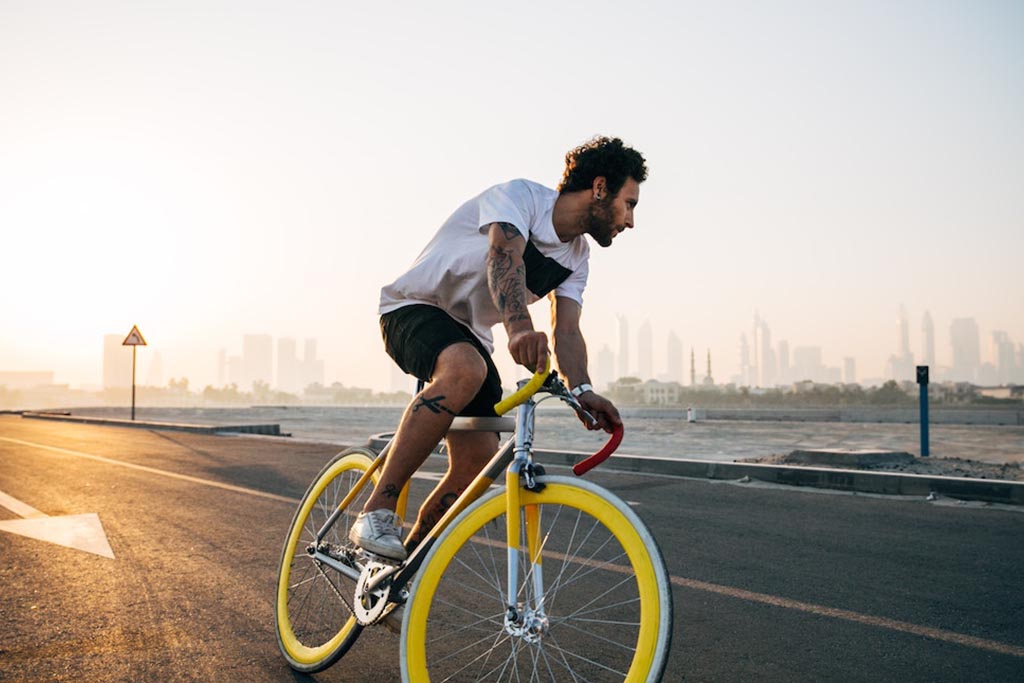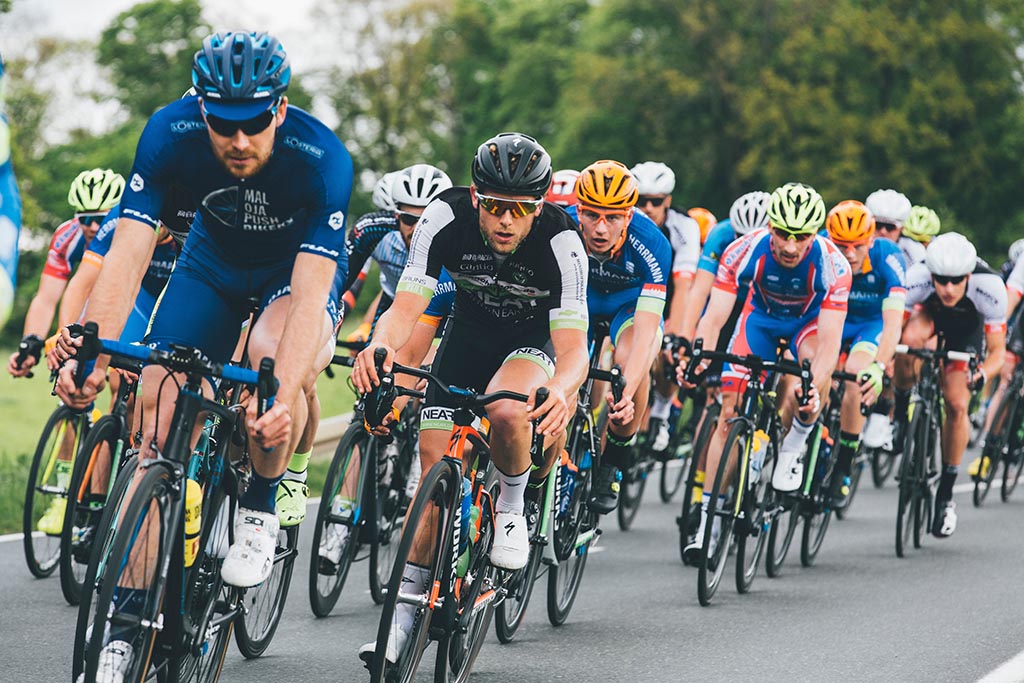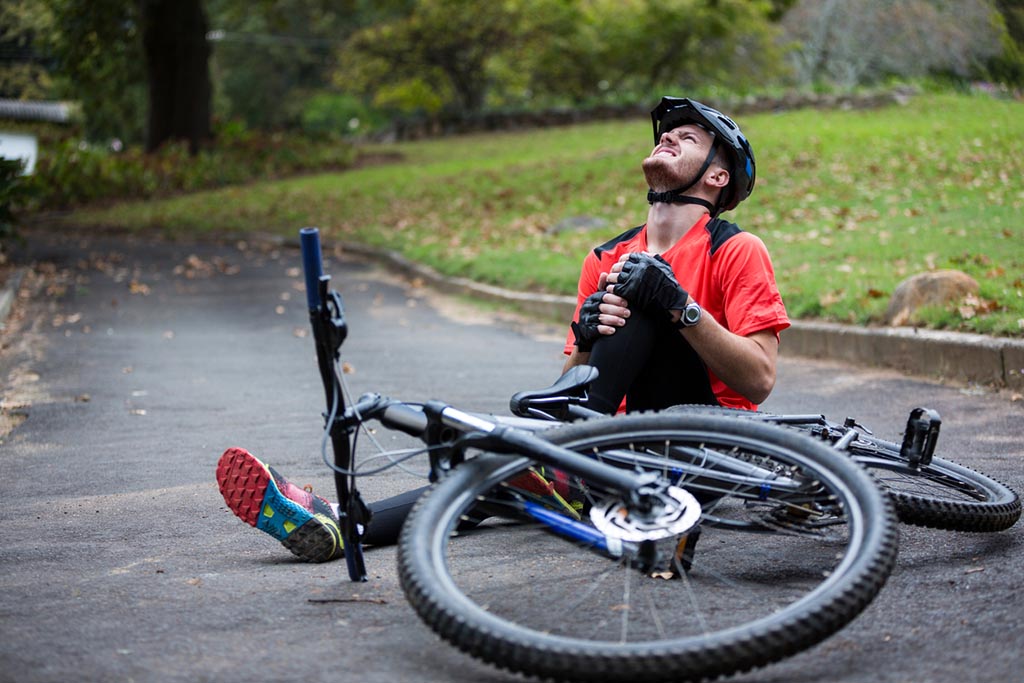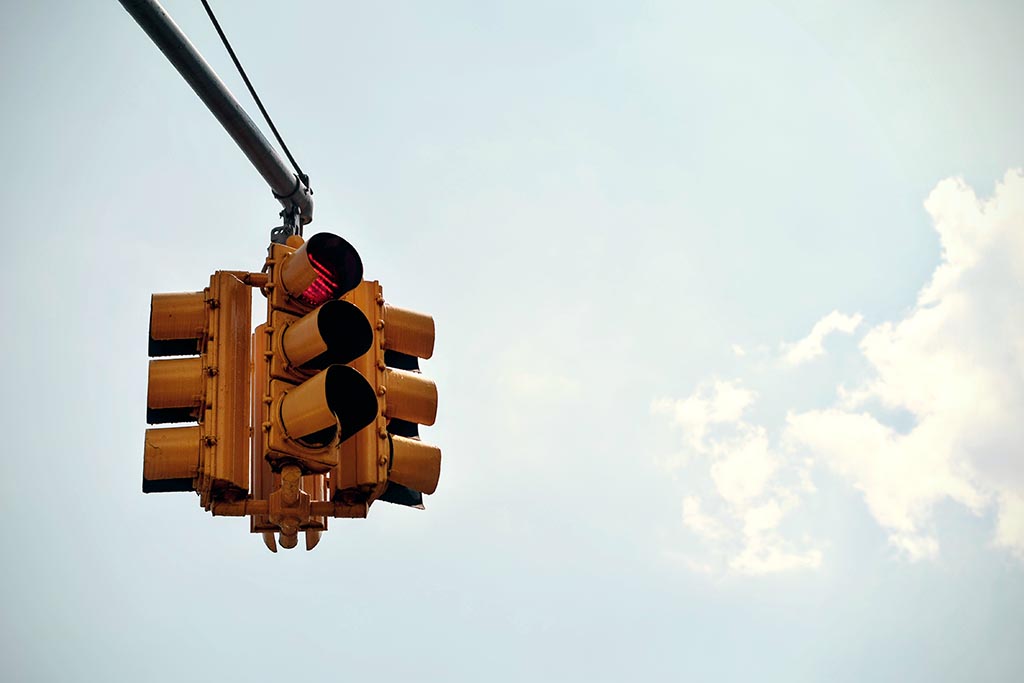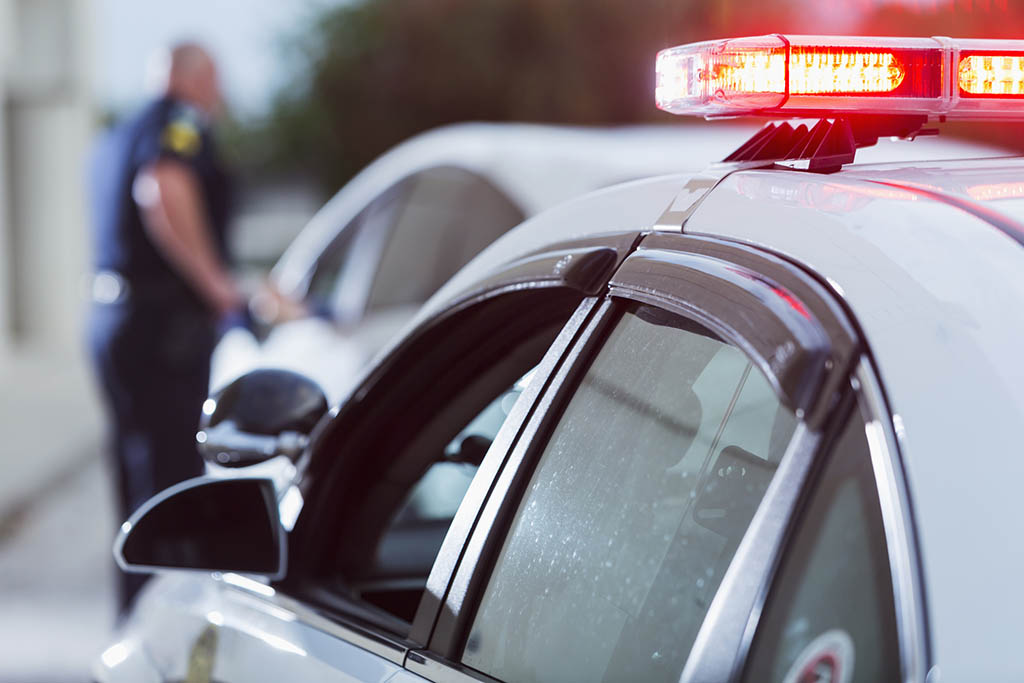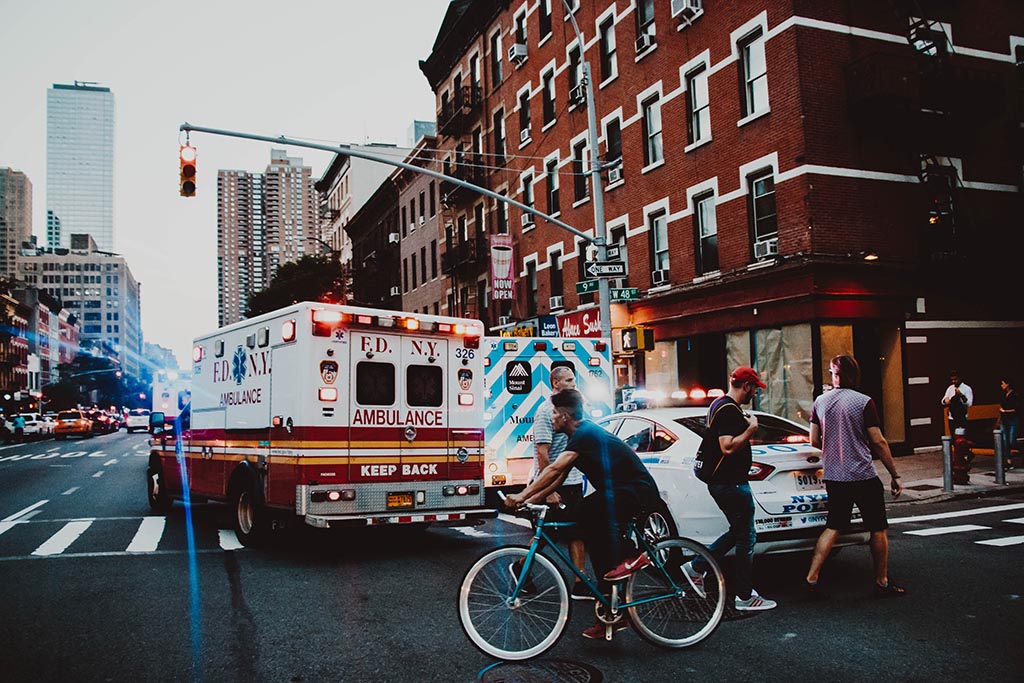We talk a lot about bicycle accidents concerning adults. However, the truth is that a large number of adults ride their bicycles, but almost every child does too. They might stick to sidewalks sometimes, but at some point, they will use the streets as their pathway, and accidents will occur. However, just like bicycling accidents with adults, sometimes the children can be at fault, right?
The truth is that the law tends to lean more in a child cyclist’s favor compared to an adult. In the eyes of the law, adults are fully capable of making decisions for their safety. They know it is a bad idea to cross without looking both ways and they should know who has the right of way in what situations. However, children are often considered less responsible for this. In fact, drivers are considered responsible to take more care when children are present on the roadways. If only that was the case with all cyclists and there would probably be fewer accidents, right?
In terms of fault, when there is a car or bicycle accident involving children, in many cases the fault will rest with the driver. Only rarely in cases of extreme negligence will the child be held responsible for the accident, in which their parents may need to pay for damages.
If you have been in a bicycle accident or had a child involved in a bicycle accident, contact us today. The Law Office of Gary Brustin is dedicated to keeping cyclists of all ages safe on roads dominated by cars.

